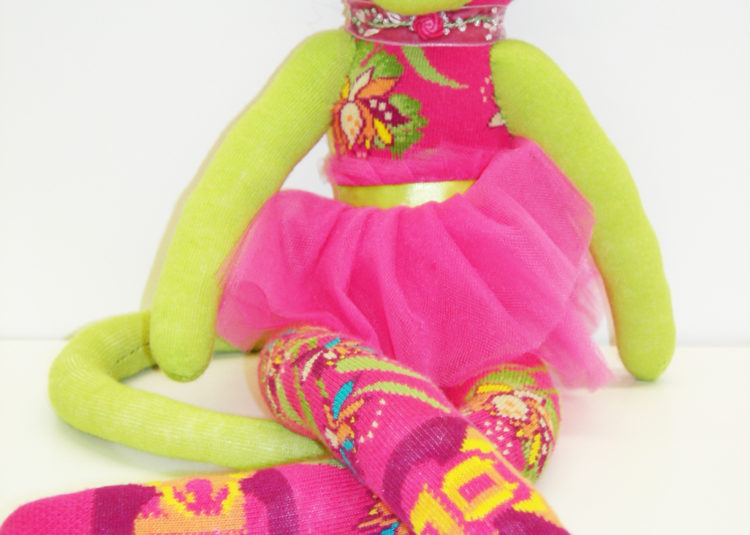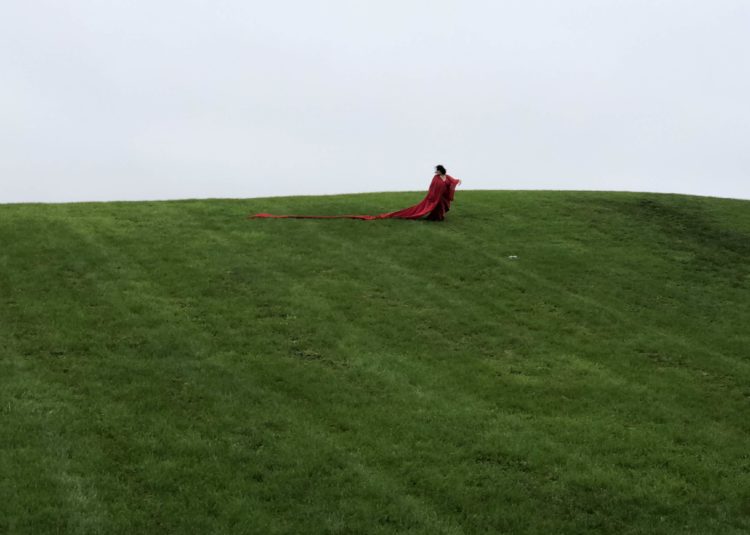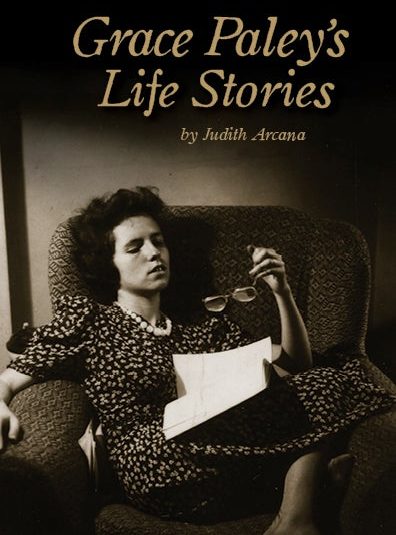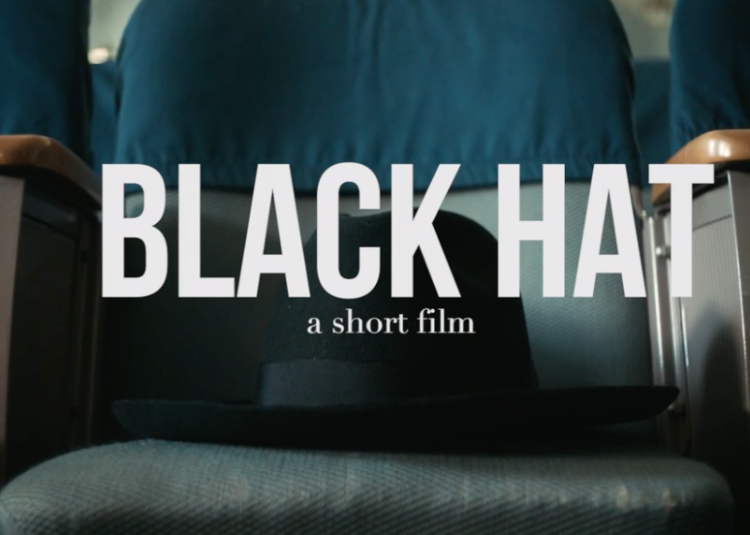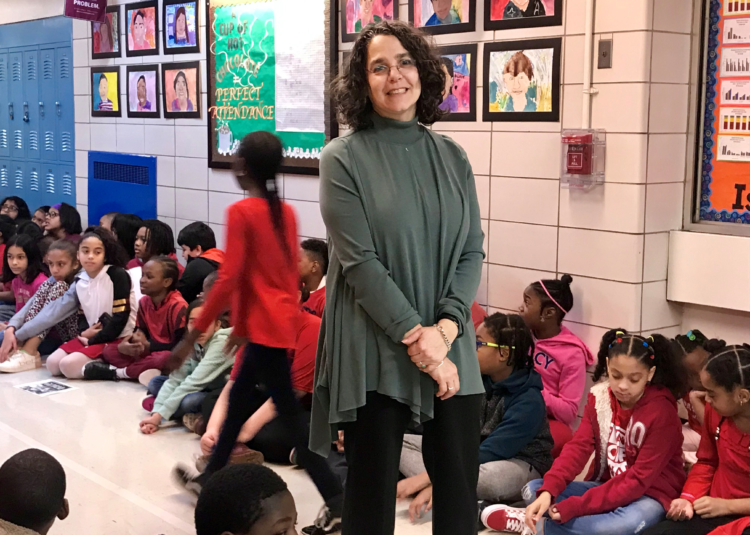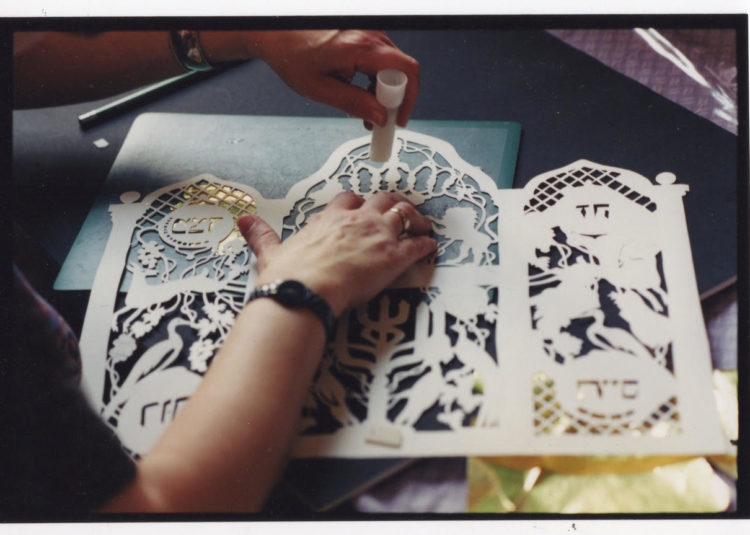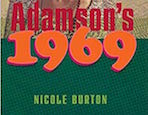Eleanor J. Bader
I am proud that fresh art has been able to provide underserved folks with an opportunity to express themselves and, for a few hours a week, maybe feel a little better about their lives. I hope this has made a lasting difference for them.

